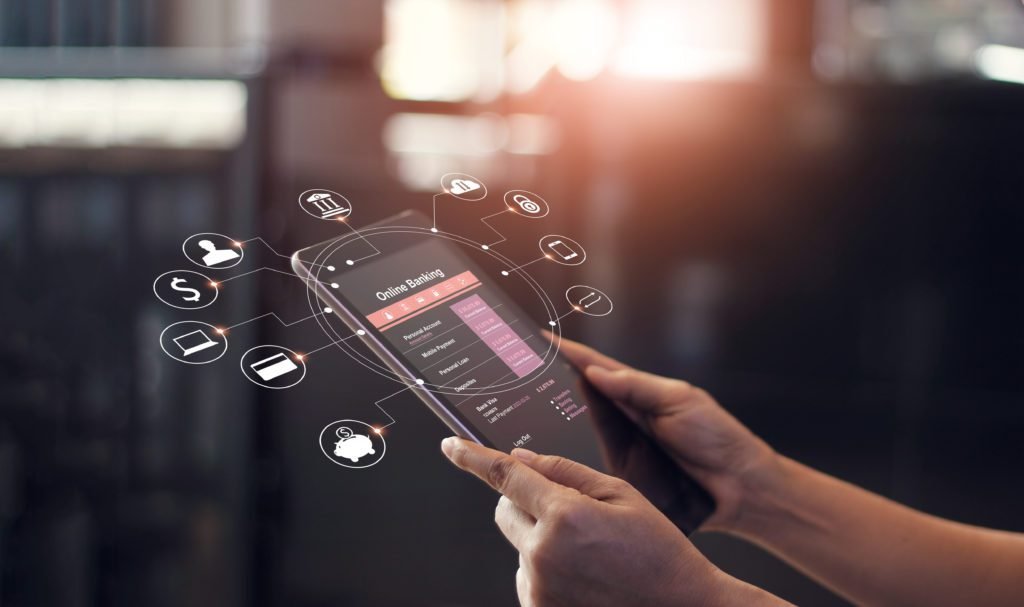With the reach of the internet extending to almost every corner of the country, people have started using digital banking more and more. From your nearest alley shop to malls to ticket and hotel bookings and bill payments, you can use it everywhere.
It saves time and also lessens the risk and hassle that comes with carrying large amounts of cash a lot. There are three main types of cashless payments that have taken over the country. Such as plastic money, internet banking, and UPI.
Banking and finance courses after graduation have been popular in this country for a long time. A lot of good institutions in India provide a good certificate course in banking and finance. Imarticus Learnings too has a compact certificate program that can give you all the leverage you need for a career in new-age banking.
What is digital banking?
Digital banking basically refers to the process of cashless payments. Either through debit/credit cards or internet banking and UPI.
A story of constant growth
Although the massive transformation to cashless modes of payment came to a head during the demonetization campaign, the actual evolution began a long time ago. First with plastic money, then gradually with e-banking, and later as a modified result with UPI. Here, we are going to talk a little about how it started in the beginning, and where it is now.
Plastic money: Debit/credit cards have been in the market for the longest time. The major change started happening in 2001-2002 when the number of card transactions rose consecutively with a whopping $2.277 billion and $4.201 billion respectively. Which is about 69% and 103%. In the beginning, the main chunk of transactions happened to purchase jewelry, which later with the changing habits of Indian households turned to ticket purchasing and bill payments.
Internet banking: E-banking first came into play with the RBI constituted Saraf Committee's proposal of using EFT in 1994. ICICI Bank became the pioneer of e-banking by first using it in 1996. Citibank, IndusInd, and HDFC bank followed them in 1999. From the arrival of card-based transactions in the late 1980s to the early 1990s to the later evolution of CTS in 2008 to the present day mobile banking where you can do most of your work with a click on your phone, it has come a long way.
UPI: UPI has proven to be the best mode of true cashless payments in these covid ravaged times. It too came a long way from 2016 when it was introduced and only 21 banks agreed to go live and today in 2021 when 216 banks are live on this platform. The main players PhonePe, and Google Pay have topped the charts with about 43.9% and 35% of total transaction volume. Paytm made a close third with about 401.16 million transactions.
Conclusion
Banking has evolved a lot in the last few years with the introduction of these new and faster methods. Banking as a career has always been popular, which is why a lot of people opt for banking and finance courses after graduation. Check out Imarticus Learnings' certificate course in banking and finance if you are thinking about a career in new-age banking.









